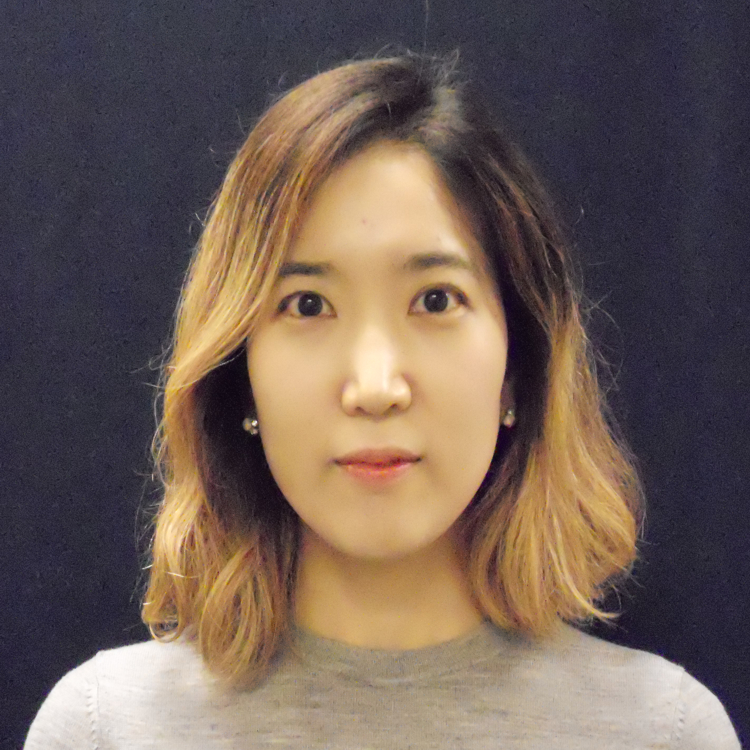HeeSun Choi, PhD, and Christina Socias-Morales, DrPh: Creating Safer Workplaces
Posted on byDuring Women’s History Month, NIOSH will highlight several female researchers and their contributions to NIOSH and America’s workers.
HeeSun Choi, PhD
 HeeSun Choi, PhD, is a psychologist working in the Protective Technology Branch in the NIOSH Division of Safety Research. Dr. Choi started with the Institute in 2016.
HeeSun Choi, PhD, is a psychologist working in the Protective Technology Branch in the NIOSH Division of Safety Research. Dr. Choi started with the Institute in 2016.
Dr. Choi’s research is helping to make workers’ jobs safer. She has been involved in NIOSH’s recent efforts to address occupational robot safety issues and establish the Center for Occupational Robotics Research. As part of her work with the Center she co-authored a NIOSH Science Blog on occupational safety robotics applications in the workplace. She also gave a presentation on occupational robot trends and implications for worker safety at the TriState Occupational Medicine Conference in 2017.
She is also developing a new research project that aims to improve safety of human-robot interaction. This project will examine various robot features and interfaces that contribute to the safety of humans who work closely with robots as well as investigate human behavior while working with collaborative and mobile robots.
In addition to her work related to robot safety, Dr. Choi is involved in two research projects addressing motor vehicle safety issues. Motor vehicle crashes are the leading cause of work-related deaths in the U.S. One project aims to develop and evaluate the effectiveness of an Advanced Driver Assistance System (ADAS) for improving fire truck drivers’ safety performance. The second project aims to develop guidelines and a driving assistance system to enhance occupational drivers’ (e.g., law enforcement officers and firefighters) decision-making and safety at intersections.
Dr. Choi earned her Bachelor of Arts degree in Psychology from Yonsei University in South Korea and her Master’s and Doctorate in Human Factors and Applied Psychology from North Carolina State University.
Christina Socias-Morales, DrPH
 Christina Socias-Morales, DrPH, is an epidemiologist in the Analysis and Field Evaluations Branch in the NIOSH Division of Safety Research. She joined NIOSH in 2013 as an officer in CDC’s Epidemic Intelligence Service (EIS) Program.
Christina Socias-Morales, DrPH, is an epidemiologist in the Analysis and Field Evaluations Branch in the NIOSH Division of Safety Research. She joined NIOSH in 2013 as an officer in CDC’s Epidemic Intelligence Service (EIS) Program.
Dr. Socias-Morales’s research focuses on describing and preventing work-related fall injuries. She is currently collaborating with the US Air Force (USAF) to evaluate the impact of their fall prevention program. The project involves documenting current USAF safety policies and procedures, and comparing rates of fall injuries before, during, and after USAF’s implementation of its fall prevention program. USAF has been a key participant in the OSHA/NIOSH annual Stand-down to prevent falls in Construction. Documenting their best practices to prevent falls will be helpful to improve fall prevention efforts in other high-risk industries.
Dr. Socias-Morales recently published a study of 12 years of fatal falls among U.S. workers, and her other fall-related research involves preventing falls from ladders which make up 43% of fatal falls in the last decade. Watch this related video for details. Beyond her fall prevention research, Dr. Socias-Morales was able to apply her skills to support the CDC Ebola response in Sierra Leone in 2014. Her responsibilities included managing epidemiologic data and identifying where to focus case investigation efforts. Learn more about her work related to the Ebola response.
Dr. Socias-Morales earned her Bachelor of Arts from the University of Chicago and her Doctorate and Masters of Public Health from the University of Texas Health Science Center at Houston. During her doctorate, she was a NIOSH Occupational Epidemiology Trainee at the Southwest Center for Occupational and Environmental Health, which is a NIOSH Education and Research Center.
Drs. Choi and Socias-Morales are highly valued NIOSH researchers who continue to advance our science to keep workers safe on the job.
We want to hear from you!
Please share examples of the many meaningful contributions that women are making in your organization.
Sydney Webb, PhD, is a Health Communications Specialist in the NIOSH Division of Safety Research.
Posted on by


